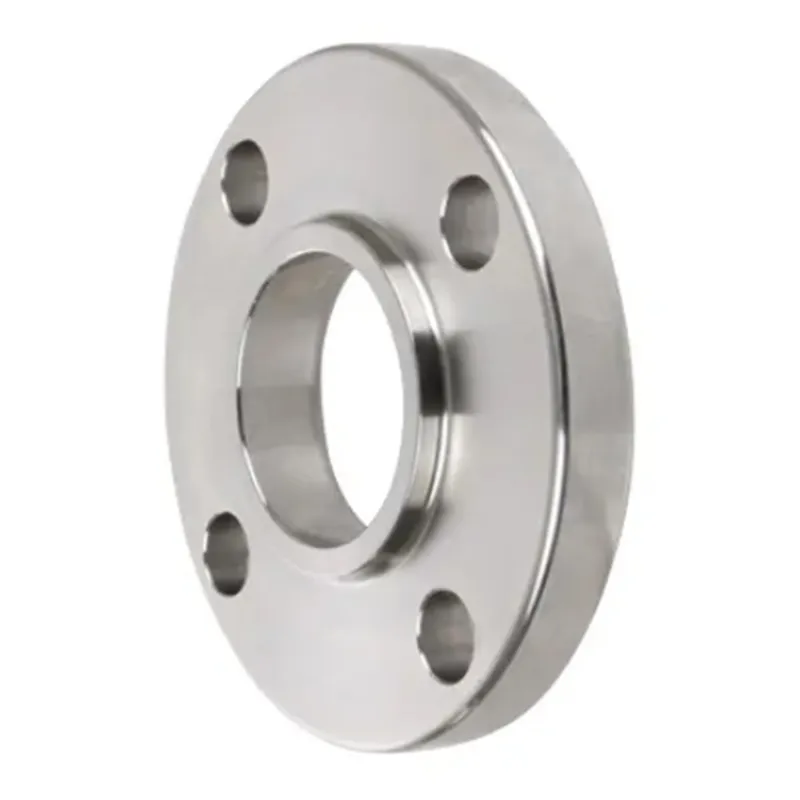-
Cangzhou Yulong Steel Co., Ltd.
-
Phone:
+86 13303177267 -
Email:
admin@ylsteelfittings.com
- English
- Arabic
- Italian
- Spanish
- Portuguese
- German
- kazakh
- Persian
- Greek
- French
- Russian
- Polish
- Thai
- Indonesian
- Vietnamese
- Zulu
- Korean
- Uzbek
- Hindi
- Serbian
- Malay
- Ukrainian
- Gujarati
- Haitian Creole
- hausa
- hawaiian
- Hebrew
- Miao
- Hungarian
- Icelandic
- igbo
- irish
- Japanese
- Javanese
- Kannada
- Khmer
- Rwandese
- Afrikaans
- Albanian
- Amharic
- Armenian
- Azerbaijani
- Basque
- Belarusian
- Bengali
- Bosnian
- Bulgarian
- Catalan
- Cebuano
- China
- China (Taiwan)
- Corsican
- Croatian
- Czech
- Danish
- Esperanto
- Estonian
- Finnish
- Frisian
- Galician
- Georgian
- Kurdish
- Kyrgyz
- Lao
- Latin
- Latvian
- Lithuanian
- Luxembourgish
- Macedonian
- Malgashi
- Malayalam
- Maltese
- Maori
- Marathi
- Mongolian
- Myanmar
- Nepali
- Norwegian
- Norwegian
- Occitan
- Pashto
- Dutch
- Punjabi
- Romanian
- Samoan
- Scottish Gaelic
- Sesotho
- Shona
- Sindhi
- Sinhala
- Slovak
- Slovenian
- Somali
- Sundanese
- Swahili
- Swedish
- Tagalog
- Tajik
- Tamil
- Tatar
- Telugu
- Turkish
- Turkmen
- Urdu
- Uighur
- Welsh
- Bantu
- Yiddish
- Yoruba

Nov . 08, 2024 02:43 Back to list
Understanding Various Pipe Types for Efficient Fluid Transportation
Understanding Pipe Types A Comprehensive Overview
Pipes are fundamental components in numerous engineering and construction applications, playing a crucial role in the transportation of fluids and gases. Understanding the various types of pipes available, along with their materials and applications, can be pivotal for engineers, architects, and contractors. This article delves into the different pipe types, their characteristics, strengths, and respective uses in various industries.
1. Steel Pipes
Steel pipes are renowned for their strength and durability. They are primarily categorized into two types welded and seamless.
- Welded Steel Pipes Created by rolling steel sheets and welding the seams, these pipes are cost-effective for large-volume projects. They are widely used in the oil and gas industry due to their ability to withstand high pressures.
- Seamless Steel Pipes Manufactured without seams, these pipes provide superior strength and pressure capabilities. They are typically used in high-stress environments, such as in mechanical applications and piping systems requiring high integrity.
2. PVC and CPVC Pipes
Polyvinyl chloride (PVC) and chlorinated polyvinyl chloride (CPVC) pipes are popular in residential plumbing as well as transportation of chemicals.
- PVC Pipes Lightweight, resistant to corrosion, and easy to install, PVC pipes are commonly used for cold water, drainage, and irrigation applications. Their non-corrosive nature makes them optimal for use in chemical applications.
- CPVC Pipes An upgraded version of PVC, CPVC pipes can withstand higher temperatures and are often used for hot water systems. They are also chemical resistant and are ideal for various industrial applications.
3
. Copper PipesCopper piping has been a staple in plumbing for decades due to its durability and reliability.
- Type K Copper Pipes These pipes have thick walls and are typically used for underground water service lines. Their heavy-duty nature makes them ideal for applications requiring high pressure.
- Type L Copper Pipes With medium wall thickness, Type L pipes are versatile and suitable for general plumbing, heating systems, and even for medical gas lines.
pipe types

- Type M Copper Pipes Thinner than Type L, these pipes are primarily used in residential plumbing applications where lower pressures are expected.
4. Cast Iron Pipes
Cast iron pipes are known for their strength and longevity, making them a popular choice for sewer and drainage systems.
- Flexible Cast Iron Pipes These are used for stormwater drainage and are known for their ability to withstand heavy loads and resist corrosion.
- No-Hub Cast Iron Pipes Primarily used in building drainage systems, these pipes are easier to install and require less maintenance due to their durability.
5. Ductile Iron Pipes
An advancement over traditional cast iron pipes, ductile iron pipes offer enhanced strength and flexibility. They are commonly used in water distribution and wastewater applications, with the ability to withstand high internal pressure and external loads.
6. Composite Pipes
Composite pipes, which can consist of layers of different materials like plastic and metal, are gaining traction due to their beneficial properties. For instance, a composite pipe can offer the lightweight benefits of plastic while maintaining the pressure resistance of metal.
Conclusion
Choosing the appropriate pipe type is essential for ensuring the longevity and efficiency of any system, whether it be plumbing, sewage, or industrial applications. Each pipe type has distinct advantages and applications, tailored to meet diverse requirements across various fields.
When selecting a pipe, consider factors such as the nature of the fluid being transported, pressure requirements, environmental conditions, and installation considerations. By taking these elements into account, professionals can enhance the reliability and performance of their piping systems, ultimately leading to more sustainable and effective engineering solutions.
With advances in technology and materials, the future of piping systems promises ongoing improvements in efficiency, durability, and environmental friendliness. Understanding pipe types and their characteristics will continue to be paramount for anyone involved in the design and implementation of fluid transport systems.
Latest news
-
ANSI 150P SS304 SO FLANGE
NewsFeb.14,2025
-
ASTM A333GR6 STEEL PIPE
NewsJan.20,2025
-
ANSI B16.5 WELDING NECK FLANGE
NewsJan.15,2026
-
ANSI B16.5 SLIP-ON FLANGE
NewsApr.19,2024
-
SABS 1123 FLANGE
NewsJan.15,2025
-
DIN86044 PLATE FLANGE
NewsApr.19,2024
-
DIN2527 BLIND FLANGE
NewsApr.12,2024
-
JIS B2311 Butt-Welding Fittings LR/SR 45°/90° /180°Seamless/Weld
NewsApr.23,2024











